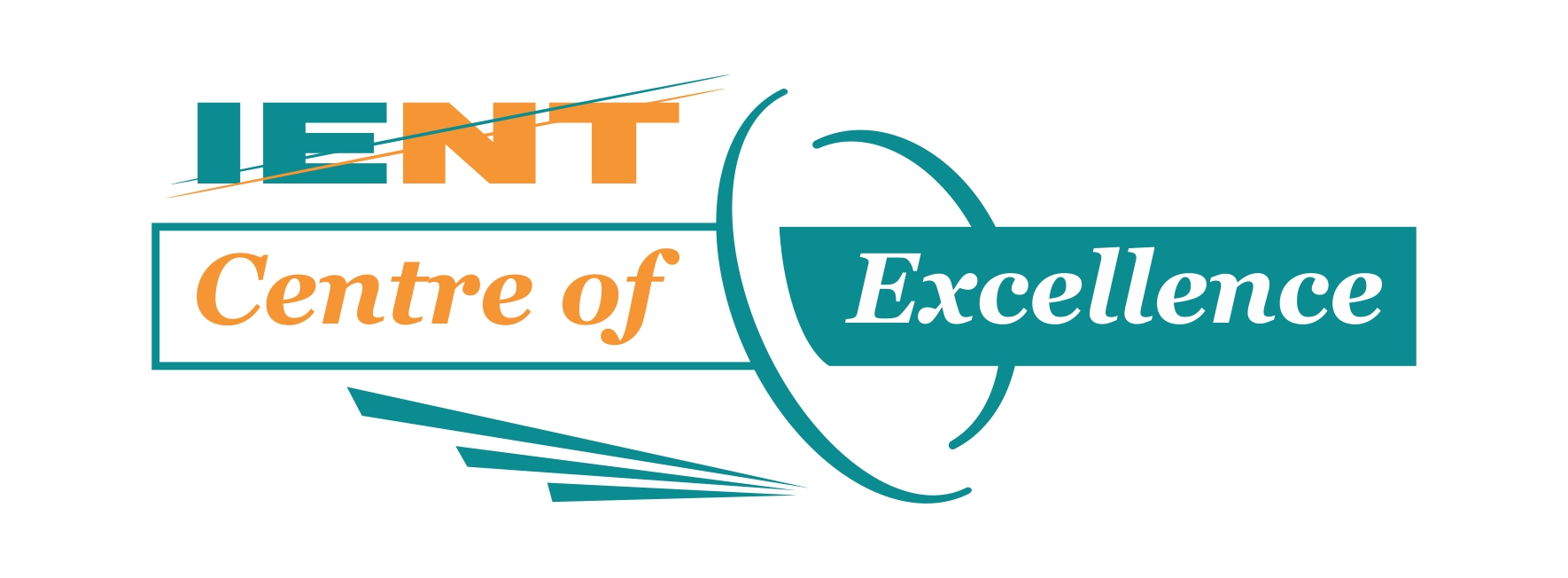 Carbon is remarkably tough—atom, thick, graphene and long, thin carbon nanotubes are two of the strongest materials ever tested. So carbon photovoltaics might be sprayed on the sides of buildings or rolled up and taken into the desert. Various forms of carbon can be printed to make thin, flexible, transparent and even stretchable electronics. Thanks to its versatility, carbon in one form or another was used to make each solar-cell component. The three main parts—a nanotube cathode and a graphene anode sandwiching an active layer made of nanotubes —were all made by printing or evaporating from inks. The all carbon photovoltaics convert less than 1 percent of the energy in light into electricity (by comparison, a silicon solar cell converts around 20 percent of light into Carbon nanomaterials are still relatively new materials, there's a lot of research on how to control their properties and how to use them. According to theoretical calculations carbon solar cells should be able to reach 13 percent conversion efficiency. For carbon solar cells to be commercially viable, their efficiency must cross 10 percent. We try to design better carbon photovoltaics by picking the right kinds of carbon nanomaterials. With this guidance our researchers has made carbon solar cells and expects to go higher still.
Carbon is remarkably tough—atom, thick, graphene and long, thin carbon nanotubes are two of the strongest materials ever tested. So carbon photovoltaics might be sprayed on the sides of buildings or rolled up and taken into the desert. Various forms of carbon can be printed to make thin, flexible, transparent and even stretchable electronics. Thanks to its versatility, carbon in one form or another was used to make each solar-cell component. The three main parts—a nanotube cathode and a graphene anode sandwiching an active layer made of nanotubes —were all made by printing or evaporating from inks. The all carbon photovoltaics convert less than 1 percent of the energy in light into electricity (by comparison, a silicon solar cell converts around 20 percent of light into Carbon nanomaterials are still relatively new materials, there's a lot of research on how to control their properties and how to use them. According to theoretical calculations carbon solar cells should be able to reach 13 percent conversion efficiency. For carbon solar cells to be commercially viable, their efficiency must cross 10 percent. We try to design better carbon photovoltaics by picking the right kinds of carbon nanomaterials. With this guidance our researchers has made carbon solar cells and expects to go higher still.
Welcome to Nanoient its Thursday 24th of April 2025




